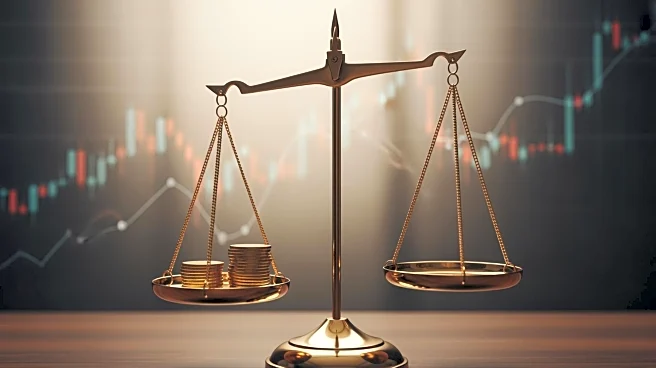What's Happening?
The U.S. hotel industry experienced a 6.2% increase in revenue per available room (RevPAR) for the week ending November 8, driven by easy comparisons to last year's presidential election week. The growth
was supported by a 1.5 percentage point rise in occupancy and a 3.6% increase in average daily rate (ADR). Despite the government shutdown, room demand showed resilience, with notable gains in major markets like San Francisco and Washington, D.C. The Top 25 Markets saw significant RevPAR growth, with group demand for luxury and upper upscale hotels rising by 20%.
Why It's Important?
The RevPAR growth highlights the impact of external factors, such as election week comparisons, on the hospitality industry's performance. The resilience in room demand despite the government shutdown suggests a stable recovery trajectory for the sector. The increase in group demand indicates a potential rebound in business travel and meetings, which are crucial for the industry's long-term growth. The data underscores the importance of strategic pricing and market positioning in navigating economic fluctuations and maintaining competitiveness.
What's Next?
As the industry approaches the end of the year, seasonal demand patterns are expected to influence performance. The focus will likely shift to maintaining occupancy and ADR growth through targeted marketing and promotional strategies. Monitoring the impact of government policies and economic conditions on travel and hospitality will be essential in shaping future business strategies. The industry's ability to adapt to changing consumer preferences and external challenges will be key to sustaining growth.
Beyond the Headlines
The reliance on election week comparisons for RevPAR growth highlights the broader implications of political events on the hospitality industry. The industry's performance is closely tied to economic and political stability, underscoring the need for proactive measures to mitigate risks associated with external disruptions. The focus on group demand and luxury segments reflects broader trends in consumer behavior and preferences, which may influence future investment and development decisions within the sector.











